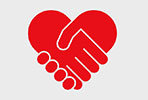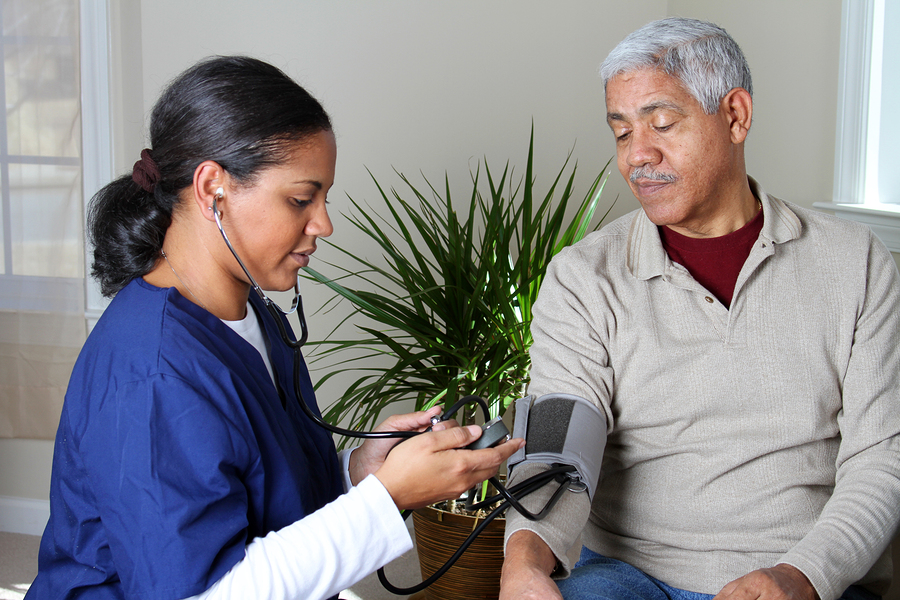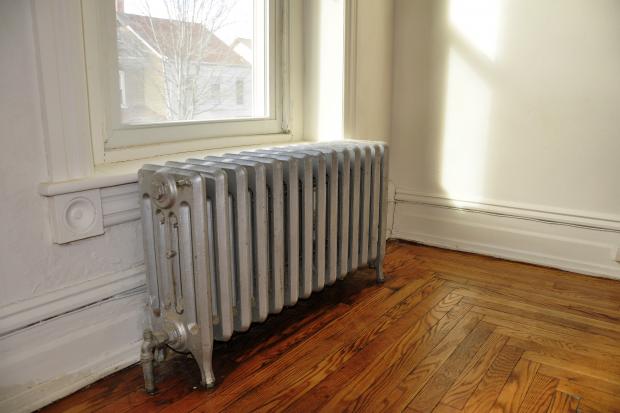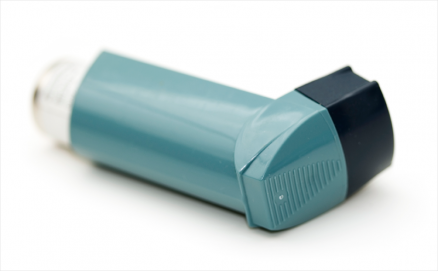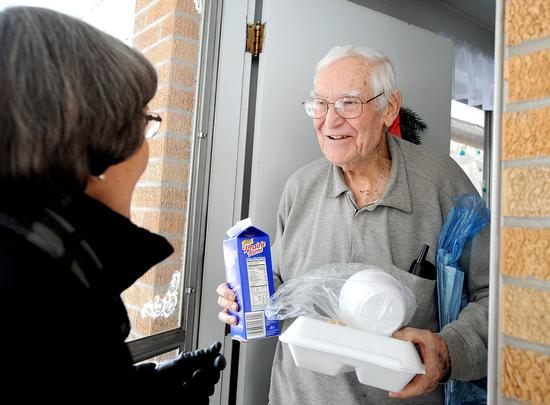How to Help Someone with Hearing Loss Understand and Participate in a Conversation
For many individuals, aging is a mixed bag of everyday annoyances, extreme challenges, and wonderful new experiences. While minor and major problems, such as compromised mobility, a change in sleep cycles, or chronic ailments can diminish quality of life for many older individuals, the opportunities afforded by retirement can offset other problems to make this time in life one of great joy. Spending more time with partners and loved ones, watching grandchildren grow up, the opportunity for deeper immersion in hobbies, and the leisure to travel, read, and slow down and enjoy the little things in life can be an absolute delight. In order to enjoy life as much as possible, it’s imperative for seniors to be able to mitigate the not-so-good aspects of aging in order to focus on the good ones.
One of the most common problems experienced by seniors is hearing loss. In fact, everyone begins to lose at least some of their hearing from a very early age. Even people in their twenties hear less acutely than they did as teens! High pitched noises, in particular, become harder for the human ear to detect relatively early on. Most of the time, this isn’t a problem. But after the age of 75, almost half of Americans will have hearing loss that is significant enough to pose a problem in everyday life.
For someone with hearing loss, it can be difficult to understand speech, and thus to follow the flow of a conversation, particularly in places with lots of background noise. This can be extremely discouraging, and, in some cases, lead to social withdrawal due to the frustration of being unable to participate in everyday interactions. For the caregivers, family and loved ones of people with hearing loss, this can be frustrating also. In order to help someone with hearing loss understand and participate in conversation. reducing background noise can be a great way to help. Background noise is a major obstacle to comprehension for people with hearing loss, especially when it comes to picking out consonants. Any time you want to engage in meaningful conversation, or when you want to make someone with hearing loss feel included in a social event, make sure to choose a quiet setting with a low level of ambient noise.
Find the original article here.
Content provided by Edison Home Health Care. Their team of trusted advisors is happy to assist you or any loved one who seek appropriate care for Parkinson problems. Have questions? Give them a call at 888-311-1142, or fill out a contact form.

